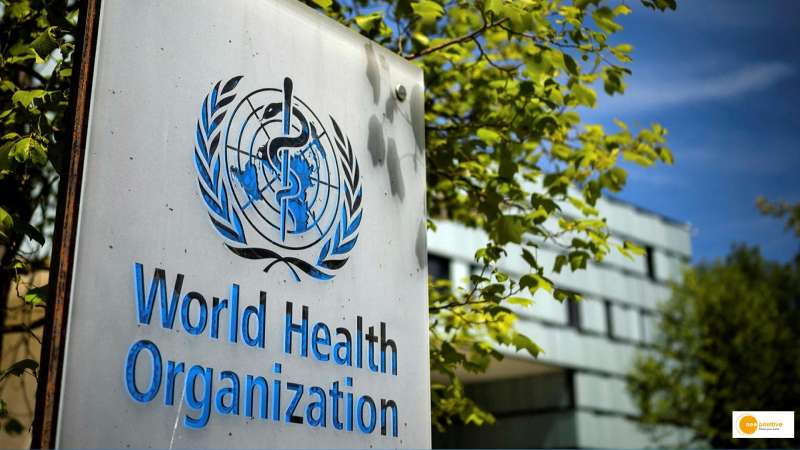

The World Health Organization (WHO) is currently negotiating new rules for dealing with pandemics, with a May 2024 deadline for a legally binding agreement to be adopted by the U.N. health agency’s 194 member countries.
A new agreement is a top priority for WHO Director-General Tedros Adhanom Ghebreyesus as he begins his second five-year term at the helm of the global health organisation. It aims to fortify the world’s defences against new pathogens in the aftermath of the Covid-19 pandemic, which killed more than 6.5 million people, according to the WHO.
An independent panel described the World Health Organization as “underpowered” when Covid-19 struck, with limited ability to investigate outbreaks and coordinate containment measures.
WHAT IS THE SO-CALLED PANDEMIC TREATY?
The World Health Organization already has binding rules known as the International Health Regulations (2005) that outline countries’ obligations when public health events have the potential to cross borders. These include notifying the WHO immediately of a health emergency and implementing trade and travel restrictions.
Adopted following the 2002/3 SARS outbreak, these regulations are still regarded as adequate for regional epidemics such as Ebola but insufficient for a global pandemic.
Proposals for the pact include data sharing and genome sequences of emerging viruses, as well as rules for equitable vaccine distribution.
It would be only the second such health accord after the 2003 Framework Convention on Tobacco Control, a treaty which aims to reduce smoking via taxation and rules on labelling and advertising.
HOW DO COUNTRIES VIEW THE PACT?
The EU proposed the agreement and is widely regarded as its strongest supporter. Following allegations of “vaccine apartheid” by WHO Director-General Tedros, developing countries are eager to use the negotiations to secure better access to vaccines.
Members are expected to provide preliminary feedback on the draught during a public meeting between December 5-7. With so many member countries involved, reaching an agreement will most likely be difficult.
HOW WOULD IT WORK?
It is not yet clear how the 2005 regulations and the new pandemic accord might fit together.
One suggestion is that they should be complementary so that existing rules apply to local outbreaks with the new rules kicking in if the WHO declares a pandemic — something it does not currently have the mandate to do.
It remains to be determined whether negotiators will include measures such as sanctions to ensure compliance.
WHAT OTHER REFORMS ARE IN THE WORKS?
Separate talks are taking place on an initiative to overhaul the 2005 rules, with proposals submitted by the United States, the European Union, and at least a dozen other countries, according to diplomats.
The proposals from Washington aim to increase transparency and give the WHO faster access to outbreak sites. Several diplomats have said they are likely to be overly ambitious, with China and others expected to object on national sovereignty grounds.
China did allow WHO-led expert teams to visit the Covid-19 epicentre in Wuhan, but the WHO says it is still withholding clinical data from early cases that may contain clues about the SARS-CoV-2 virus’s origins.


